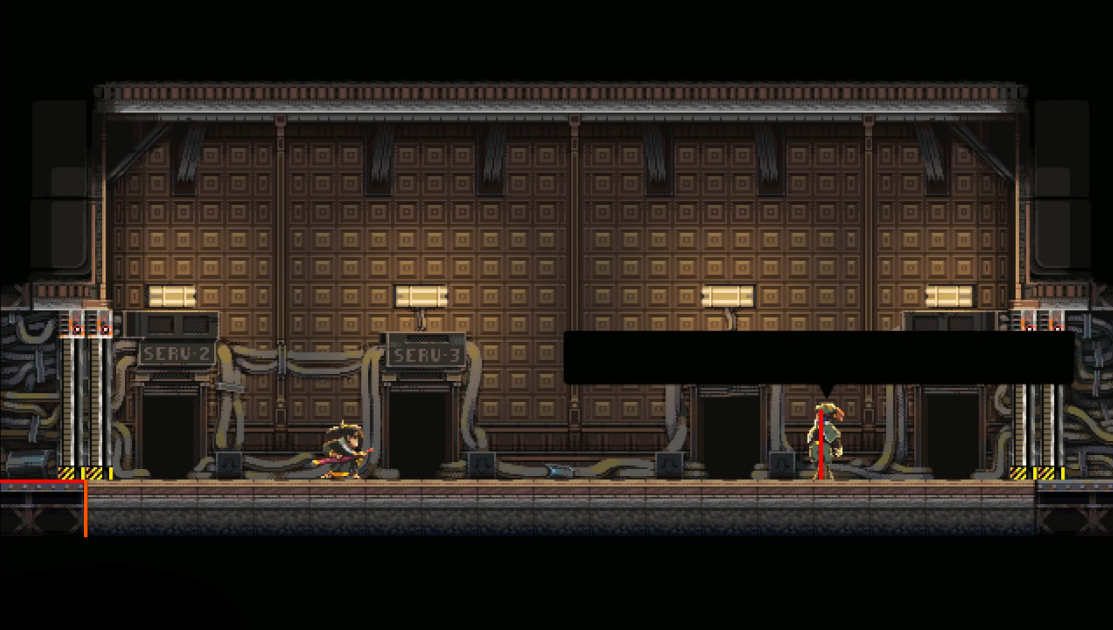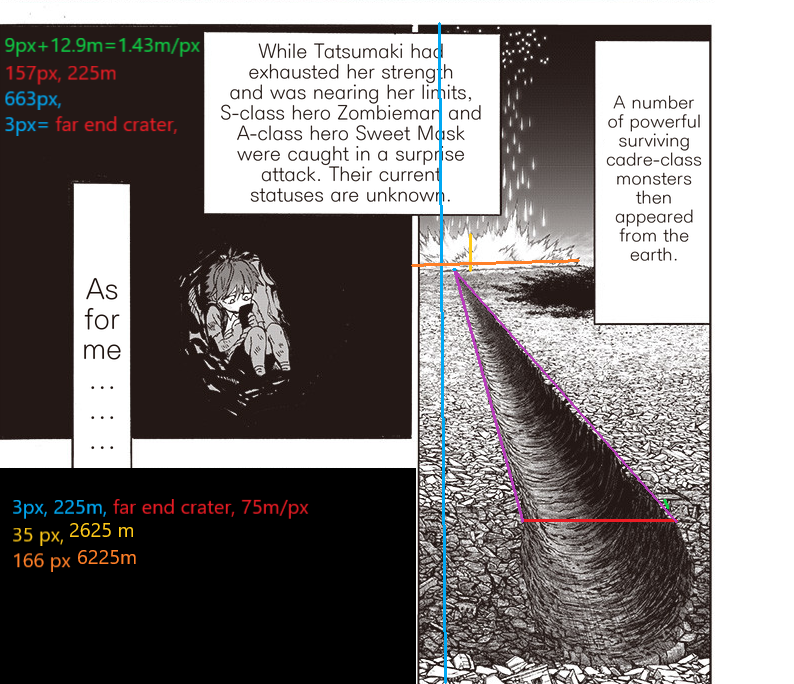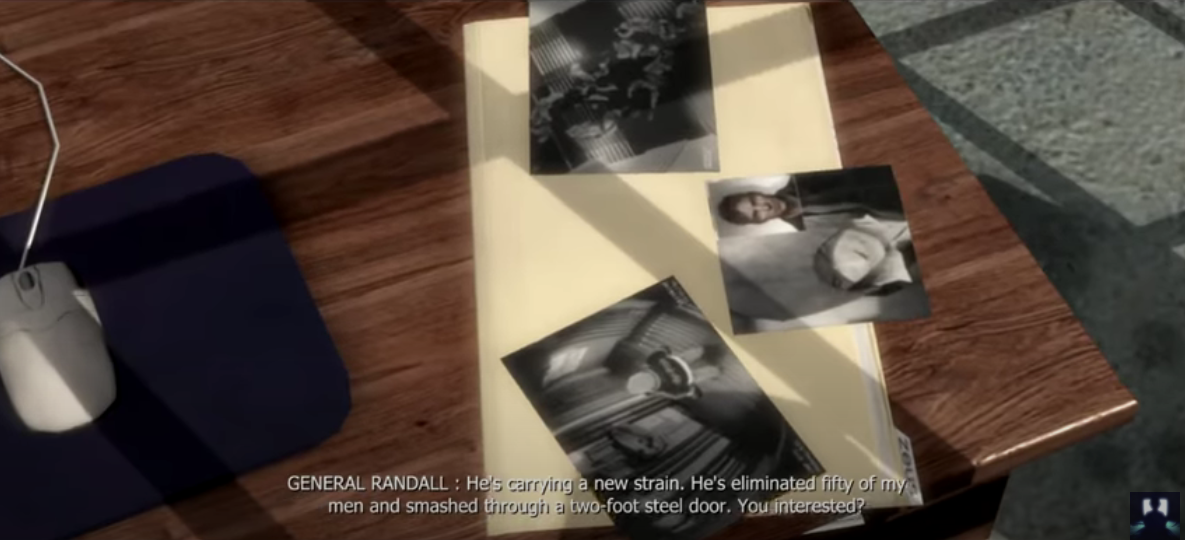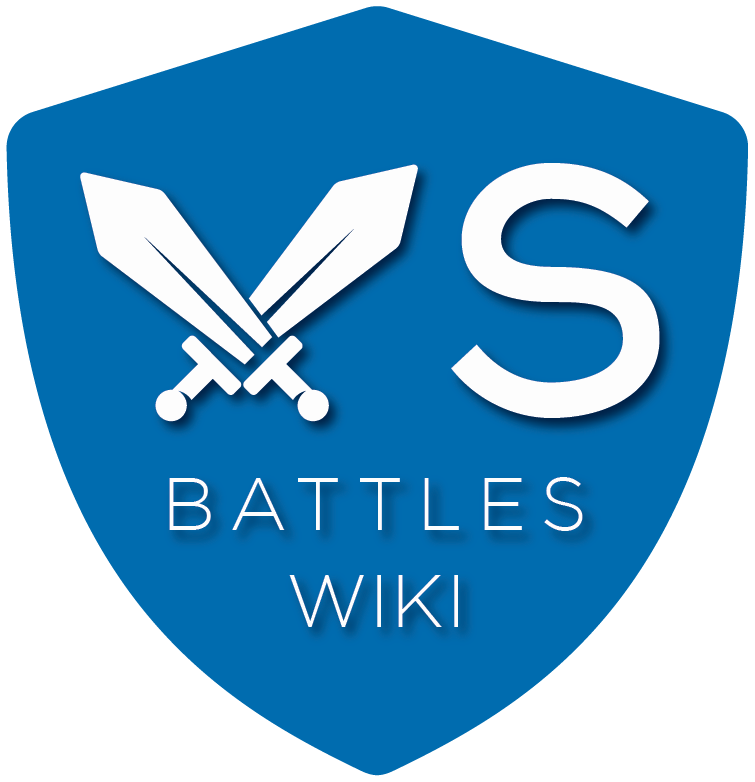Hello Executor, would you be kind enough to help out on this thread?
Navigation
Install the app
How to install the app on iOS
Follow along with the video below to see how to install our site as a web app on your home screen.
Note: This feature may not be available in some browsers.
More options
-
This forum is strictly intended to be used by members of the VS Battles wiki. Please only register if you have an autoconfirmed account there, as otherwise your registration will be rejected. If you have already registered once, do not do so again, and contact Antvasima if you encounter any problems.
For instructions regarding the exact procedure to sign up to this forum, please click here. -
We need Patreon donations for this forum to have all of its running costs financially secured.
Community members who help us out will receive badges that give them several different benefits, including the removal of all advertisements in this forum, but donations from non-members are also extremely appreciated.
Please click here for further information, or here to directly visit our Patreon donations page. -
Please click here for information about a large petition to help children in need.
You are using an out of date browser. It may not display this or other websites correctly.
You should upgrade or use an alternative browser.
You should upgrade or use an alternative browser.
Executor_N0
VS Battles
Calculation Group
- Joined
- Last seen
- · Viewing thread [MCU] Canon to the Comics/High 1-B Meta. Massively controversial topic
- Messages
- 3,299
- Reaction score
- 3,280
Profile posts Latest activity Postings About
-
Greetings,
I recently saw your involvement on MegaTen Canonicity thread here.
First of all, although it's clear that our Canon page is based on the definition of canon that is mostly used on fictional work, when we start talking about Japanese products, the situation changes a lot. Other than some use of Canon/Orthodox to talk about a work that has a main creator (Like a manga series) that puts that creator as super important (Like the Saint Seiya series for ND and other Kurumada works), that really isn't used that much, unless the fanbase around that work really wants to ask about canon, that ends up just being due to the western fanbase or the Japanese fanbase being influenced by those standards.
Can I request a elaboration on this word "Orthodox" in regards to canon?The problem with a lot of Japanese franchises (I say this because they are the ones that I work with the most, but is valid to basically any franchise that works in the way that I'll talk about) is that the use of "canon" itself (Or at least the equivalent to that word that has its religious roots) "Seitō" (正統/Orthodox) isn't really common. Instead the words "Sekaikan" (Worldview), "Setei" (Settings) or at best "Kōshiki" (Official/Formula) that although can be used in basically the same way that we think of canon, it's also very common to describe the larger cosmology/rules of the franchise that can be the same even if two works aren't in the same "canon/continuity/universe".
While I understood from word itself and the context of the explanation that it means (I think) direct canon.
I wanted a exploration on what the ramifications of calling a work "Orthodox Sequel" in a series.
Thanks in advance. Apex_Predator_GXMinor bumpCan you evaluate this real quick?Need your help here. Do you think you can calculate the required strength Johann would need to lift an Ogdru Hem off its feet?
Apex_Predator_GXMinor bumpCan you evaluate this real quick?Need your help here. Do you think you can calculate the required strength Johann would need to lift an Ogdru Hem off its feet? OmnificenceBumpWould like you to evaluate these two calculationHello, sorry to bother you. Can you please check this calc?
OmnificenceBumpWould like you to evaluate these two calculationHello, sorry to bother you. Can you please check this calc?

Katana Zero - Explosions
vsbattles.fandom.com
Would you mind evaluating this calculation for me, please?Can I get a super quick eval so I can begin my CRT?

Speedster Calc
vsbattles.fandom.com
Hey I have a question about AE and Concept Manipulation if you don't mind.
Is killing a Type 1 Abstract Entity Concept Manipulation? I've asked around, and I've gotten varying answersHi! Sorry to interrupt you. But was just wondering if you were willing to evaluate my calc?

Possible 9-B upgrades for this verse!
vsbattles.fandom.com
And maybe this one too?

Konosuba 8-B calculations!
vsbattles.fandom.com
And even if you cant, I still appreciate you reading!Hey man I need your input

Augustine Feats
vsbattles.fandom.com

More spiderman calcs
vsbattles.fandom.com
 OmnificenceBumpDon't know if you are knowledgeable about Ben 10 but your input would be really appreciatedMind give your input on this Pokémon battle thread if you are interestedHello, would you be able to take a look at this calc?
OmnificenceBumpDon't know if you are knowledgeable about Ben 10 but your input would be really appreciatedMind give your input on this Pokémon battle thread if you are interestedHello, would you be able to take a look at this calc?

Homeless Emperor's Extreme Carpet Bombing + alt Horizon crater calc
vsbattles.fandom.com
Hello, hello. Wondering if you could please check and evaluate this calculation KobsterHope07Hello hello again. Wondering if you could please check and evaluate this calculation.
KobsterHope07Hello hello again. Wondering if you could please check and evaluate this calculation.
is this a good matchup. (i just wanted someone to help me)
it's hard to find a good matchup for monika because of her powers.Hello, hello. Wondering if you could please check and evaluate these two calculations KobsterHope07BumpSorry to bother you. Could you please evaluate this extremely small calc?Hi, if you are avalible, can you please check and evaluate this calc?Hello, hello. Wondering if you could check and evaluate these two calculations
KobsterHope07BumpSorry to bother you. Could you please evaluate this extremely small calc?Hi, if you are avalible, can you please check and evaluate this calc?Hello, hello. Wondering if you could check and evaluate these two calculations KobsterHope07Bump
KobsterHope07Bump KobsterHope07Hello, hello again. Could you please check and evaluate this calculationHi, can you evaluate this?
KobsterHope07Hello, hello again. Could you please check and evaluate this calculationHi, can you evaluate this?

P1+P2 AP
vsbattles.fandom.com
Hello, hello. Wonder if you could check and evaluate this calculation KobsterHope07It has already been evaluatedSorry to bother you Executor.
KobsterHope07It has already been evaluatedSorry to bother you Executor.
I made a sandbox about the reactions page and I CRT'd it here. Your opinion would be extremely appreciated!Can you check this Arceus CRT please? Apex_Predator_GXMinor bumpHi, would you please be able to review this CRT when you get a chance?
Apex_Predator_GXMinor bumpHi, would you please be able to review this CRT when you get a chance?
https://vsbattles.com/threads/newfound-sonic-powers-crt.117457/Hello, hello. Wondering if you could check and evaluate this calc if you don’t mind. KobsterHope07Hello, hello. Wondering if you could come and check this calculationWant to ask you a question about Pokémon :
KobsterHope07Hello, hello. Wondering if you could come and check this calculationWant to ask you a question about Pokémon :
Are Arceus and creation trio dimensions universal in size? Executor_N0I'll have an entire topic in the blog talking about that. So I'll take some time until I can answer that.
Executor_N0I'll have an entire topic in the blog talking about that. So I'll take some time until I can answer that. Gohanblanco217Okay take your timeBy the way, I remembered we had a fairly interesting discussion about your blog about essences and the definition of "you", and that reminded me the new Megami Tensei (Persona and SMT) blog is finished, here. Check it out if you'd like.
Gohanblanco217Okay take your timeBy the way, I remembered we had a fairly interesting discussion about your blog about essences and the definition of "you", and that reminded me the new Megami Tensei (Persona and SMT) blog is finished, here. Check it out if you'd like. Executor_N0Amazing blog. I'm working in my Pokémon and Digimon blogs, and seeing that blog helps me a lot.
Executor_N0Amazing blog. I'm working in my Pokémon and Digimon blogs, and seeing that blog helps me a lot. Milly_Rocking_BanditNo problem. Can't take all the credit, as Ultima wrote it with some assistance from me and another, but I'm to make my own strictly Persona cosmology blog to explain it more in-depth, since it's still got it's own concepts.
Milly_Rocking_BanditNo problem. Can't take all the credit, as Ultima wrote it with some assistance from me and another, but I'm to make my own strictly Persona cosmology blog to explain it more in-depth, since it's still got it's own concepts. -
Loading…
-
Loading…
-
Loading…
Connect with us

The main purpose of this forum is to discuss how to properly index the statistics of characters from a wide variety of different fictional franchises.
Forum statistics
© 2025 VSBattles.com